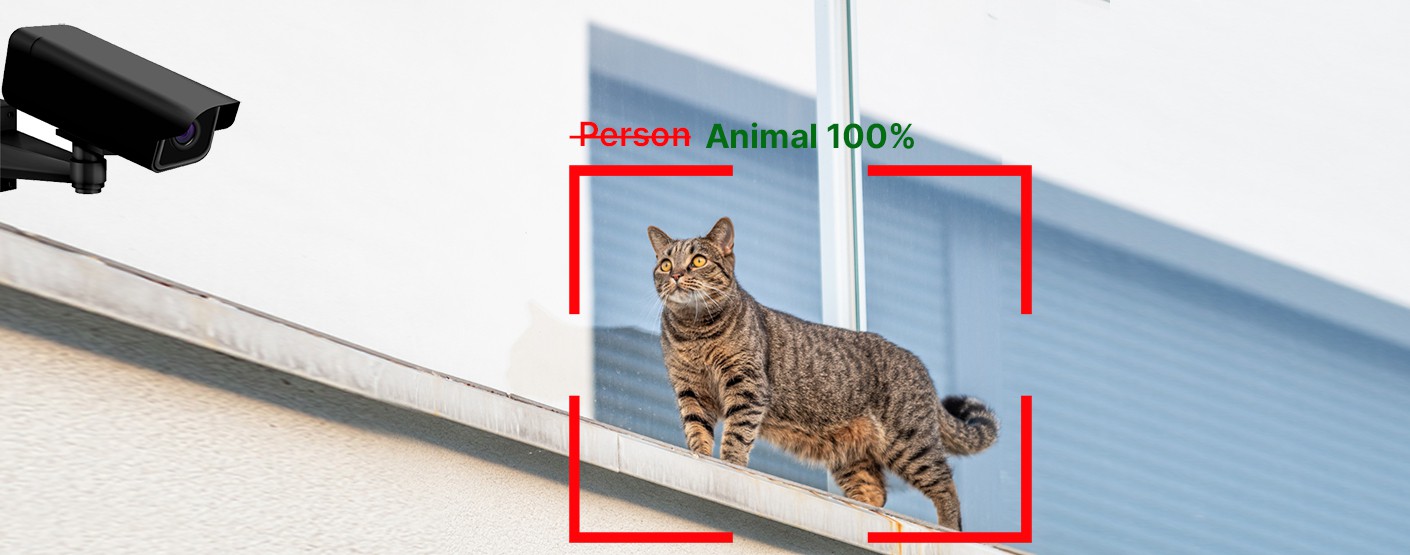
Reducing false alarms in video surveillance using neural networks
All technologies used until recently were ineffective. But recent advances in artificial intelligence have shown excellent results - the use of deep learning neural networks and computer vision in video surveillance minimizes the number of false alarms.
Using computer vision in video surveillance
Artificial intelligence is the reproduction of the actions of the human brain using computer calculations and algorithms.
Previous approach: symbols and rules
Until recently, creating full-fledged computer vision capable of recognizing objects on par with human vision was considered impossible because of outdated approaches based on "symbolic" artificial intelligence. Programmers created symbols (objects, images, movements, situations), added rules for their use and repeated algorithms until the computer learned to make "intelligent" decisions. This is how they created the first system capable of playing chess on its own, thinking out moves and even beating a human!
However, real-world scenes proved to be too complex to model - developers would have to prescribe rules for every detail, such as changing the angle of view or lengthening the shadow when the sun goes down, otherwise the computer would not be able to recognize these changes and react to them correctly. Using such computer vision in video surveillance would only lead to more false alarms.
New techniques: layers and neural network training
New techniques using graphics processing units (GPUs), neural network technology and flexible cloud solutions from serious providers such as Amazon and Google have enabled the creation of artificial intelligence applicable for commercial and personal use.
Neural networks resemble a layer cake in structure and consist of elements programmed to mimic the behavior of biological neurons in the human brain. Artificial neurons are stacked in 10-30 layers, the more layers, the deeper the training of the system.
A "trained" deep-learning neural network analyzes a large amount of video data in a short time and recognizes a person in the frame. At the same time, the system ignores vegetation, animals and cars, even if they are moving - these objects were one of the main sources of false alarms when analyzing video images with traditional technologies.
Testing the technology in a real-world environment
To determine the effectiveness of the neural network-based system, lengthy research and real-world testing were conducted.
One monitoring and security center conducted an experiment.
The facility installed artificial intelligence-enabled video surveillance equipment, traditional infrared motion sensors (PIR).
The task was to detect human intrusion into a certain area.
A neural network analyzed footage from the video cameras and sent an alert notification when a person was detected in the designated area. When the artificial intelligence or PIR sensor detected a violation, the system registered a signal and matched it with a fragment of video footage.
The experiment was conducted in different areas (parking lot, building perimeter, warehouse), most of the time (about 70%) filming was conducted at night. The entire footage - about 110 alerts - was manually verified by experts.
According to the test results, the neural network-based system filtered out 86% of false alarms and reduced their number to 13 incidents, while the PIR sensor responded to 88 false events.
Neural network technologies in TRASSIR solutions
Artificial intelligence is successfully applied in TRASSIR products - we have developed video analytics modules based on neural networks.
TRASSIR Neuro Detector neural network module detects people in the frame with high accuracy and is used to ensure security at various facilities.
AutoTRASSIR (LPR) module based on artificial intelligence recognizes vehicles’ license plates and is used for automation of access control system.
TRASSIR Queue Detector is designed to improve the quality of store operations - the module measures queue length and notifies about exceeding the allowed number of people.
TRASSIR Heat Map on Map - heat map of people movement intensity and direction.
These and other TRASSIR neural network video analytics modules are being used in various fields and effectively complement traditional solutions, helping to ensure the safety and comfort to business’ owners and staff, as well as the ability to reduce costs by relying on individually collected analytics and adjusting the approach to service delivery.
What's New?
All news
Webinar alert for Turkey: Technical Series - How to Do?
Webinar alert for Turkey: Technical Series - How to Do?
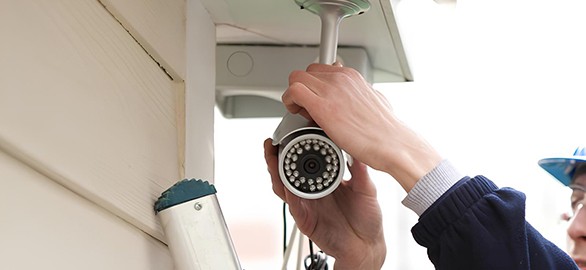
Why Surveillance Camera Placement Matters
Why Surveillance Camera Placement Matters
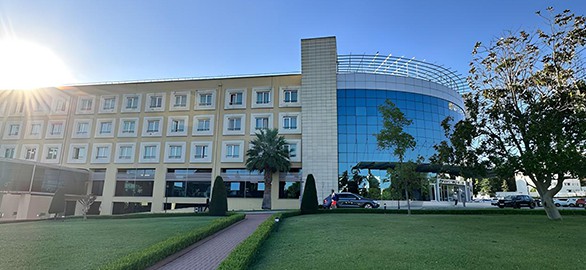
TRASSIR's Advanced Solutions for Fenerbahçe Orduevi in Istanbul
TRASSIR's Advanced Solutions for Fenerbahçe Orduevi in Istanbul
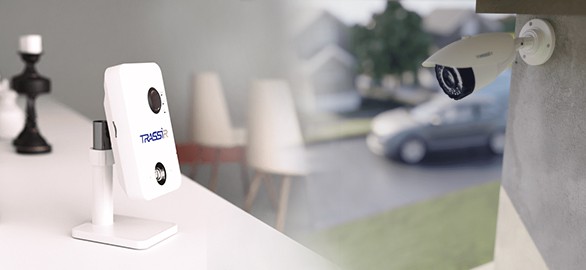
Indoor vs. Outdoor Cameras: Key Differences and Considerations
Indoor vs. Outdoor Cameras: Key Differences and Considerations
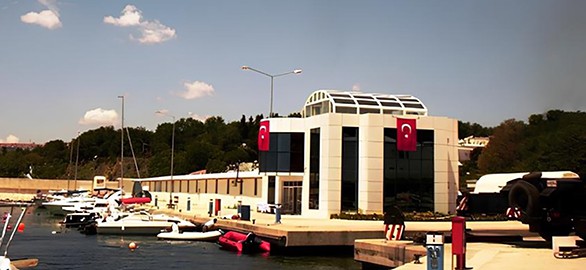
How TRASSIR Enhanced Security at Güzelce Marina, Istanbul
How TRASSIR Enhanced Security at Güzelce Marina, Istanbul

Enhancing Retail Efficiency with TRASSIR's Smart Video Solutions
Enhancing Retail Efficiency with TRASSIR's Smart Video Solutions
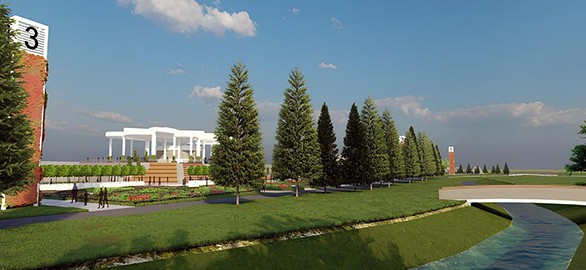
How TRASSIR improved security at the Vadi Alleben Park
How TRASSIR improved security at the Vadi Alleben Park

Webinar Announcement: One Solution for MEA's Safety Needs: TRASSIR's Video Analytics and Multi-Industry Approach
Webinar Announcement: One Solution for MEA's Safety Needs: TRASSIR's Video Analytics and Multi-Industry Approach

Upcoming Seminar: AI-Supported Video Analysis Solutions in the Field of OHS
Upcoming Seminar: AI-Supported Video Analysis Solutions in the Field of OHS
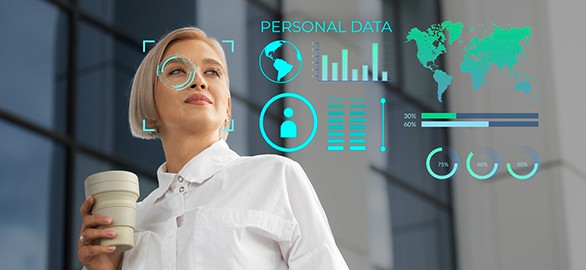
TRASSIR Face Recognition: Balancing Security with Privacy
TRASSIR Face Recognition: Balancing Security with Privacy

Middle East Gets a Security Boost with TRASSIR and Suprema Partnership
Middle East Gets a Security Boost with TRASSIR and Suprema Partnership

How Smart Video Analytics Minimize Warehouse Losses
How Smart Video Analytics Minimize Warehouse Losses

TRASSIR in Action: Why You Should Visit Us at Intersec Dubai 2025
TRASSIR in Action: Why You Should Visit Us at Intersec Dubai 2025

How TRASSIR improved security at the Artisan MGallery, Istanbul
How TRASSIR improved security at the Artisan MGallery, Istanbul

TRASSIR and Suprema's New Partnership Featured in Security Middle East Magazine
TRASSIR and Suprema's New Partnership Featured in Security Middle East Magazine
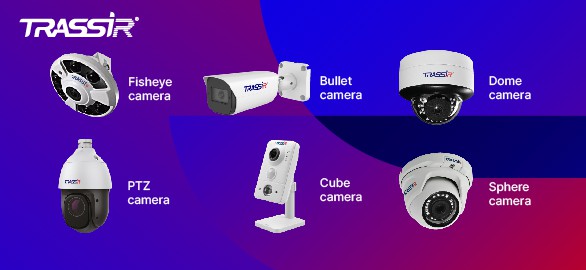
Choosing the Right TRASSIR Camera for Your Needs
Choosing the Right TRASSIR Camera for Your Needs
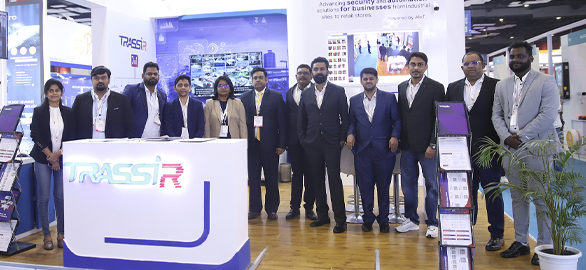
TRASSIR shaping the Future of Infrastructure at Traffic InfraTech 2024
TRASSIR shaping the Future of Infrastructure at Traffic InfraTech 2024
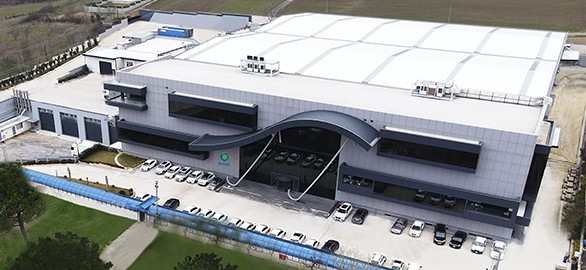
TRASSIR secured Öztaş Ambalaj company in Istanbul, Türkiye
TRASSIR secured Öztaş Ambalaj company in Istanbul, Türkiye
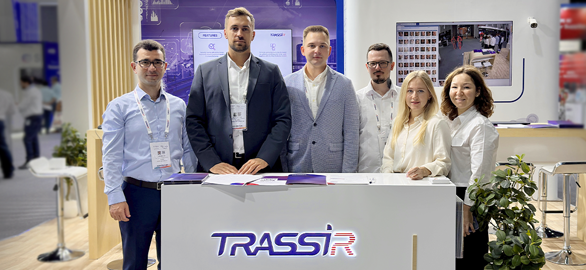
Innovate and Connect: TRASSIR's Impactful Presence at GITEX Global 2024
Innovate and Connect: TRASSIR's Impactful Presence at GITEX Global 2024

Securing the Restaurants with TRASSIR ActivePOS
Securing the Restaurants with TRASSIR ActivePOS




